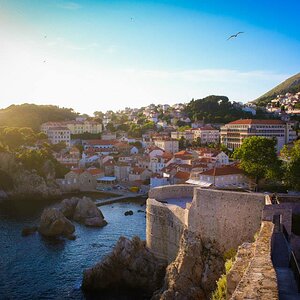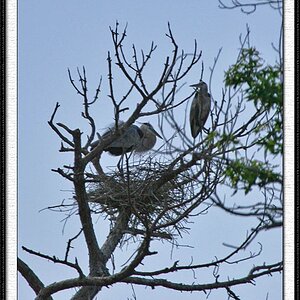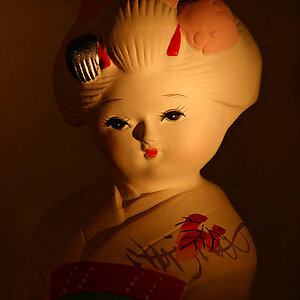fujiguy
TPF Noob!
- Joined
- Dec 6, 2023
- Messages
- 6
- Reaction score
- 0
- Location
- new york
- Can others edit my Photos
- Photos OK to edit
Will be going upnorth to Canada in Tornoto & later niagara falls to capture the eclipse and the FALLS. What is the best location?
What is the best set up to get sharp video and picture of the eclipse? I have the fujifilm xt 4. Do I need some sort of stablizer? I currently only have a gimbal for my Iphone.
Would also like to take candid shots of the city of Toronto, the food, the landmarks
Anyone with experience with fujifilm camera would be much appreciated.
What is the best set up to get sharp video and picture of the eclipse? I have the fujifilm xt 4. Do I need some sort of stablizer? I currently only have a gimbal for my Iphone.
Would also like to take candid shots of the city of Toronto, the food, the landmarks
Anyone with experience with fujifilm camera would be much appreciated.


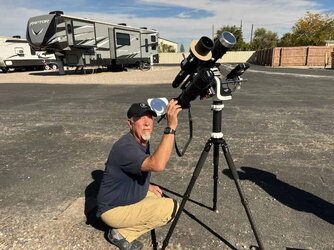
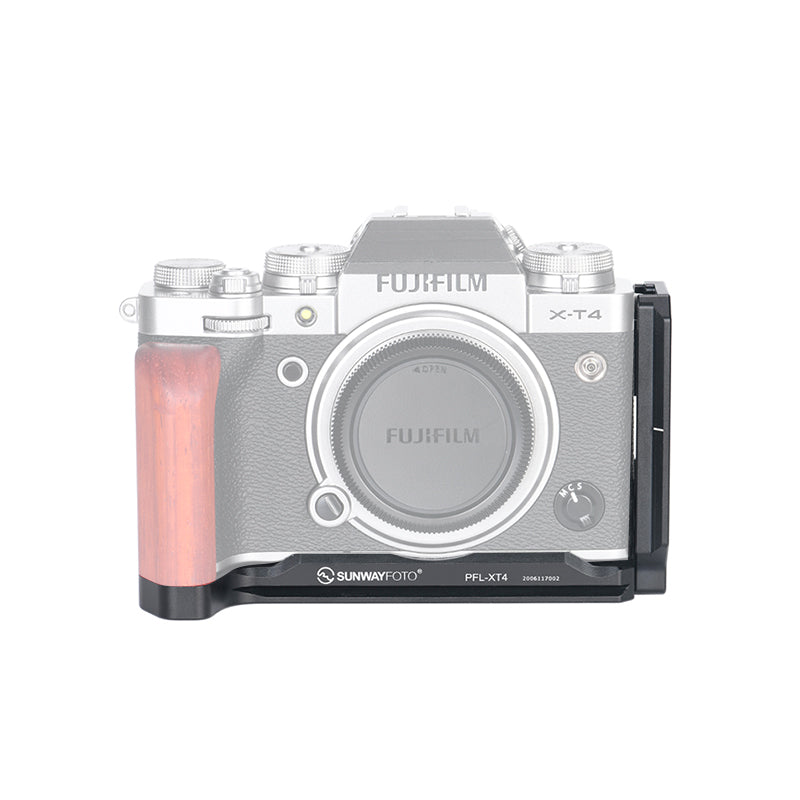

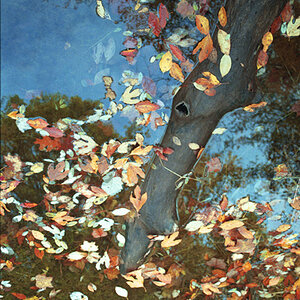
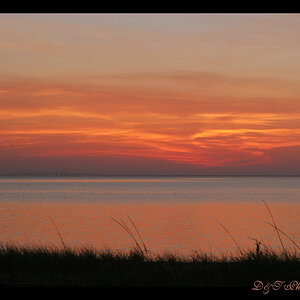
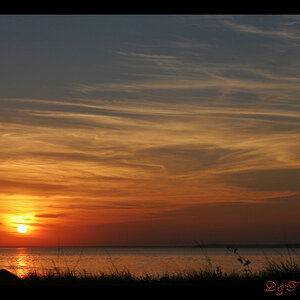
![[No title]](/data/xfmg/thumbnail/38/38722-8003d9d84f1c7164b5c8f2b884c2e428.jpg?1619738702)
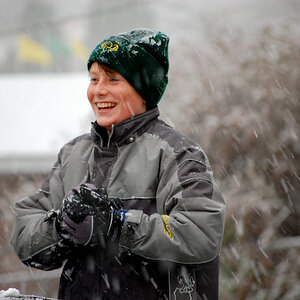
![[No title]](/data/xfmg/thumbnail/32/32639-1358bee897449f9a4a38676097b475d5.jpg?1619735555)
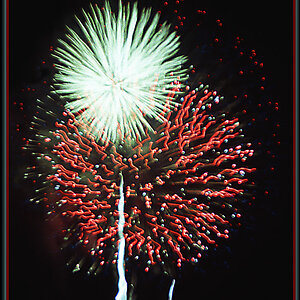
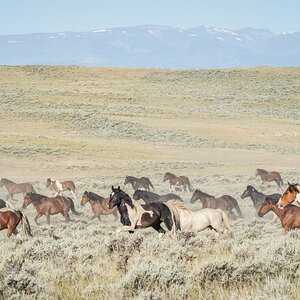
![[No title]](/data/xfmg/thumbnail/38/38724-0b9c26c57726c91c6c504310e4428e55.jpg?1619738702)
